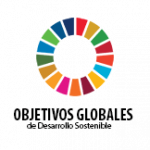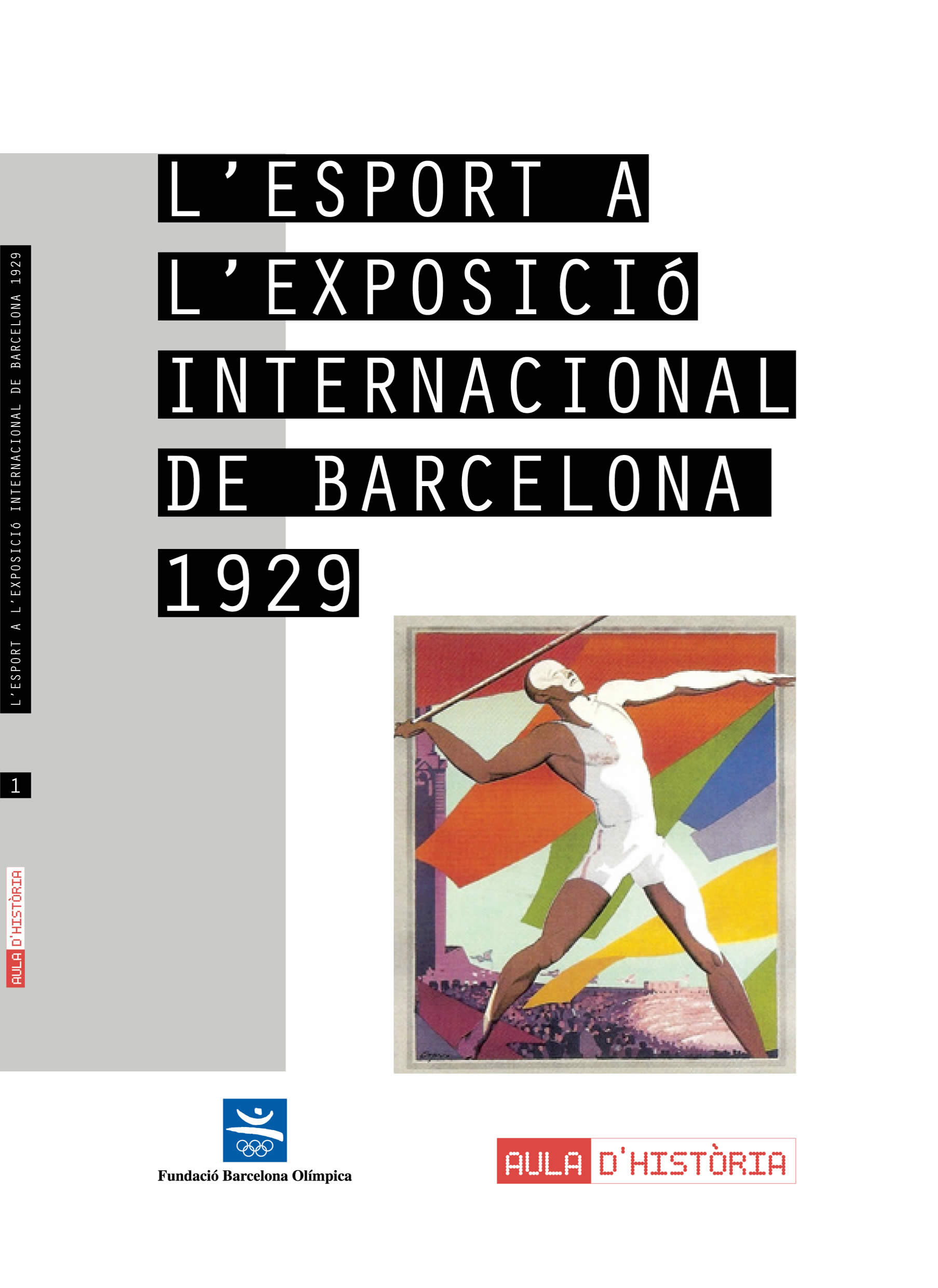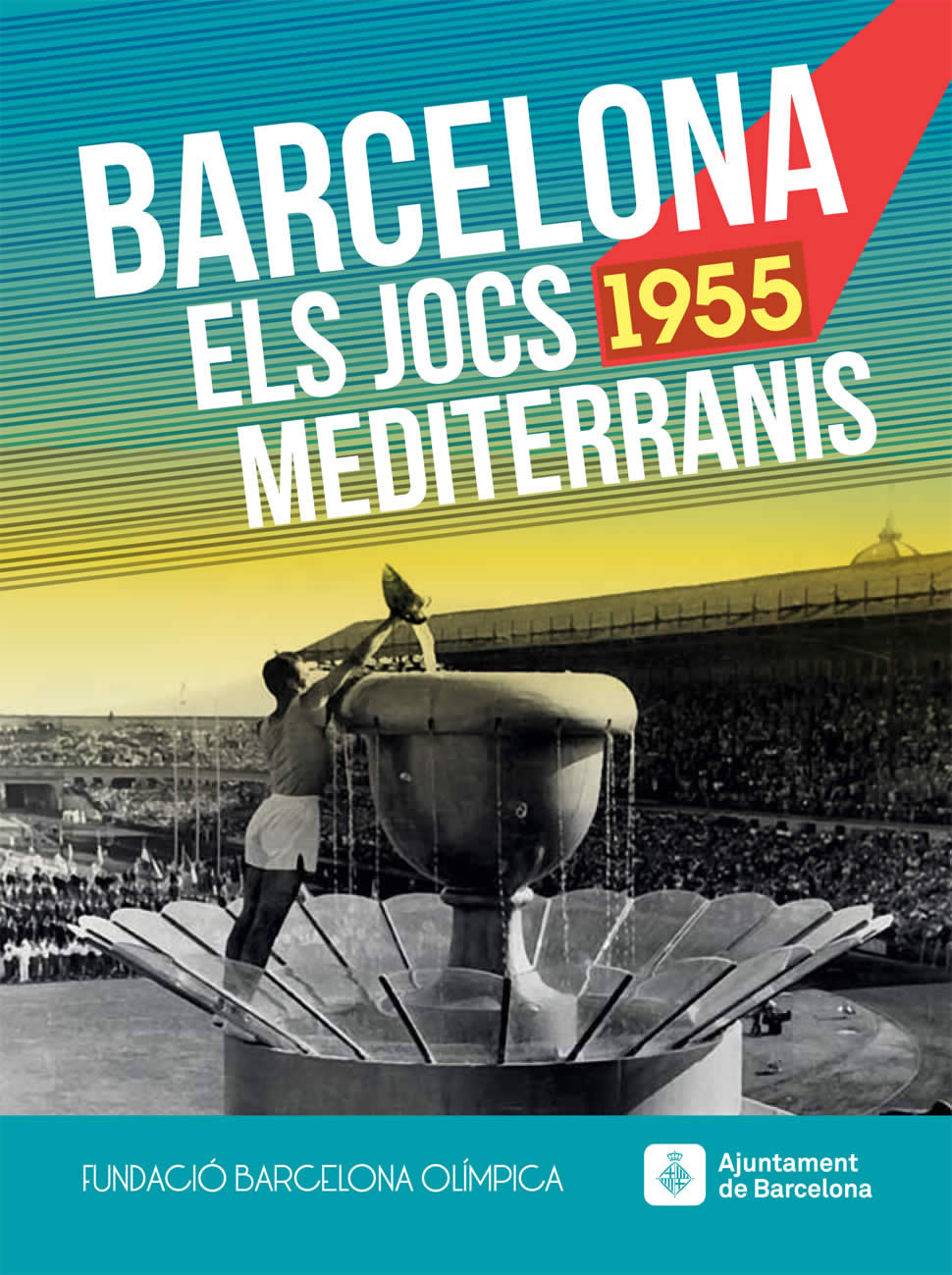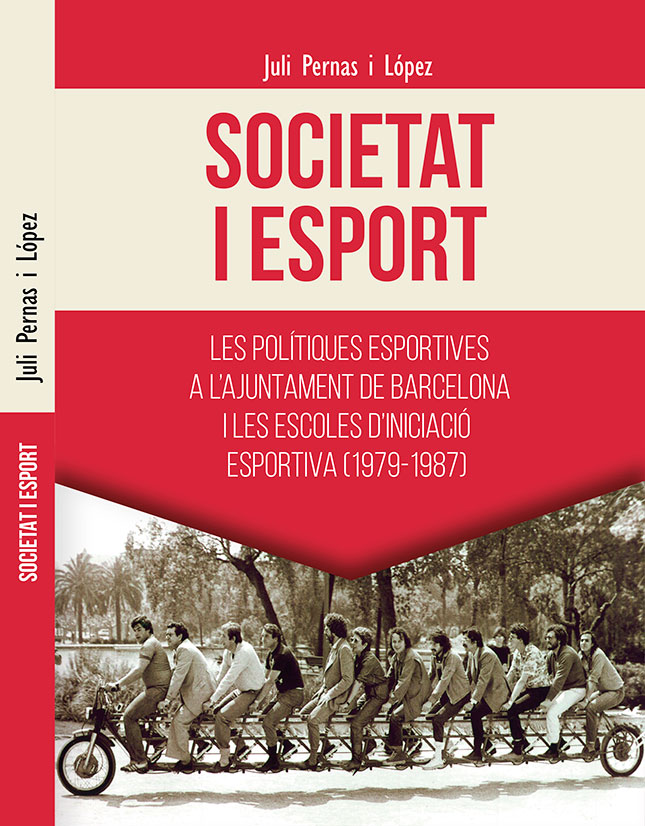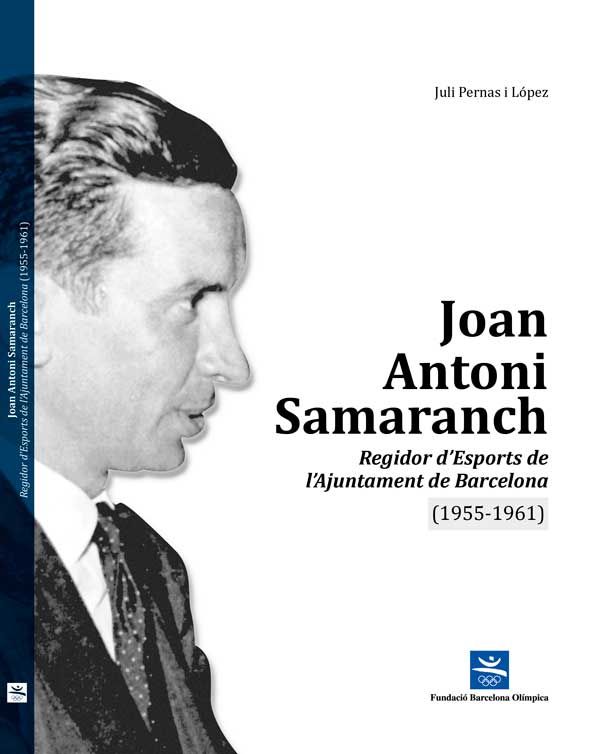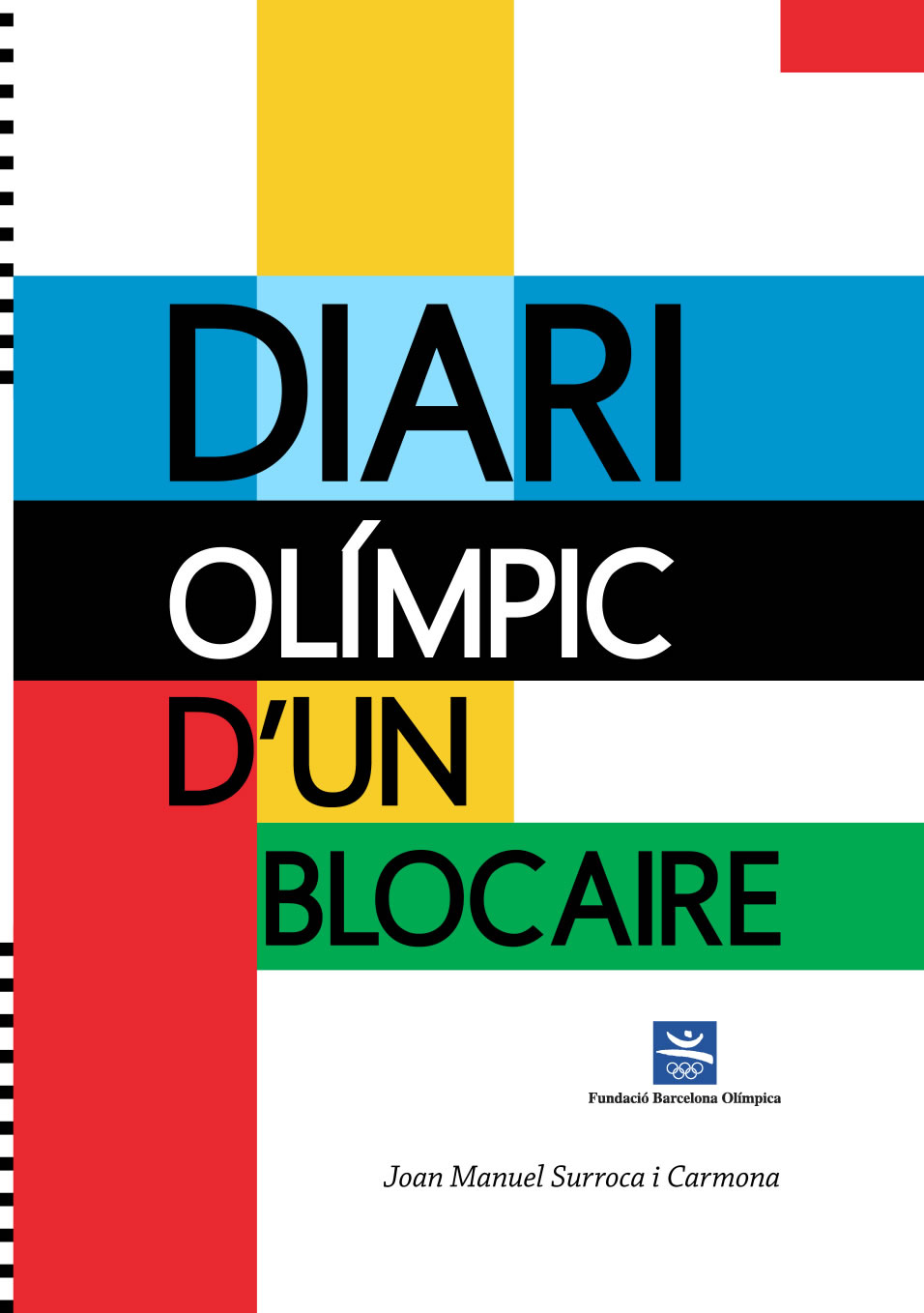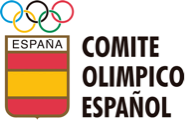In terms of urban design, the Exposition also led to substantial improvements around the Gothic Quarter, the creation of new green urban spaces and new monuments, along with the completion of the urban development of Plaça Catalunya and the paving of many streets. The city was modernised, with gas lighting replaced by electricity, while the drainage system was also improved. As for mobility, a number of level crossings were done away with around the city, the train line to Sarrià was undergrounded, the tram was electrified and Metro Line 3 extended as far as the Plaça Espanya. Lastly, access routes into the city were improved: Avinguda Diagonal was extended as far as Esplugues and the France Station was remodelled. In short, a clear commitment by Barcelona to establish itself as a modern, international and cosmopolitan city.
